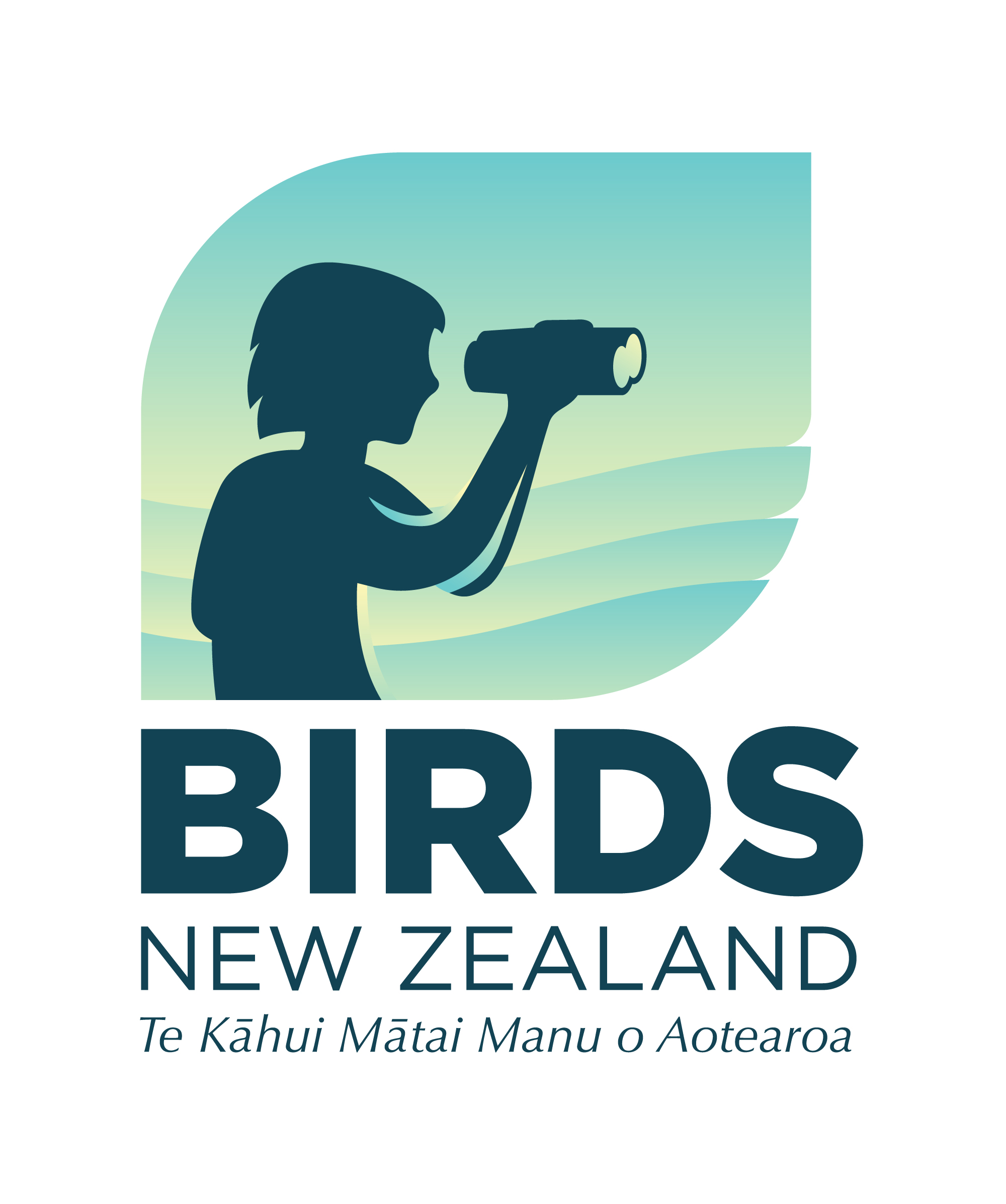Notornis, 70 (1), 14-30
Article Type: Paper
Abstract: A new colony of the endangered Hutton’s shearwaters (Puffinus huttoni) has been established at Te Rae o Atiu on the Kaikōura Peninsula, South Island east coast, New Zealand to provide insurance against catastrophic events at the high-altitude natural colonies in the Kōwhai River and Shearwater Stream, Seaward Kaikōura Range. The translocation of 495 chicks from the Kōwhai River colony was carried out in six operations from 2005 to 2013. Of the 473 fledglings, 97 have been recorded back at Te Rae o Atiu. Chick selection criteria, fledgling mass, fledgling wing length, days present before fledging, and days of emergence before fledging had no bearing on whether chicks returned from their post-fledging migration to Australian waters or not. One hundred and twelve Te Rae o Atiu bred chicks have fledged up until 2020–21. The Te Rae o Atiu fledglings had similar mass and wing lengths, and days emerged prior to fledging, to the translocated fledglings. There were no differences between the groups of Te Rae o Atiu bred birds that returned or did not. At 2020–21, 21 of the 112 second-generation chicks have returned from their initial migration, and the earliest have bred successfully. The colony has grown to about 75 birds producing about 30 eggs, 24 chicks, and 22 fledglings annually. Future growth of Te Rae o Atiu will be reliant on these home-bred chicks as the oldest translocation birds will soon be approaching the end of their breeding lives. Acoustic attraction of birds flying over Te Rae o Atiu from the sea towards the Kōwhai River natal colony has been mostly unsuccessful with only two birds attracted.
